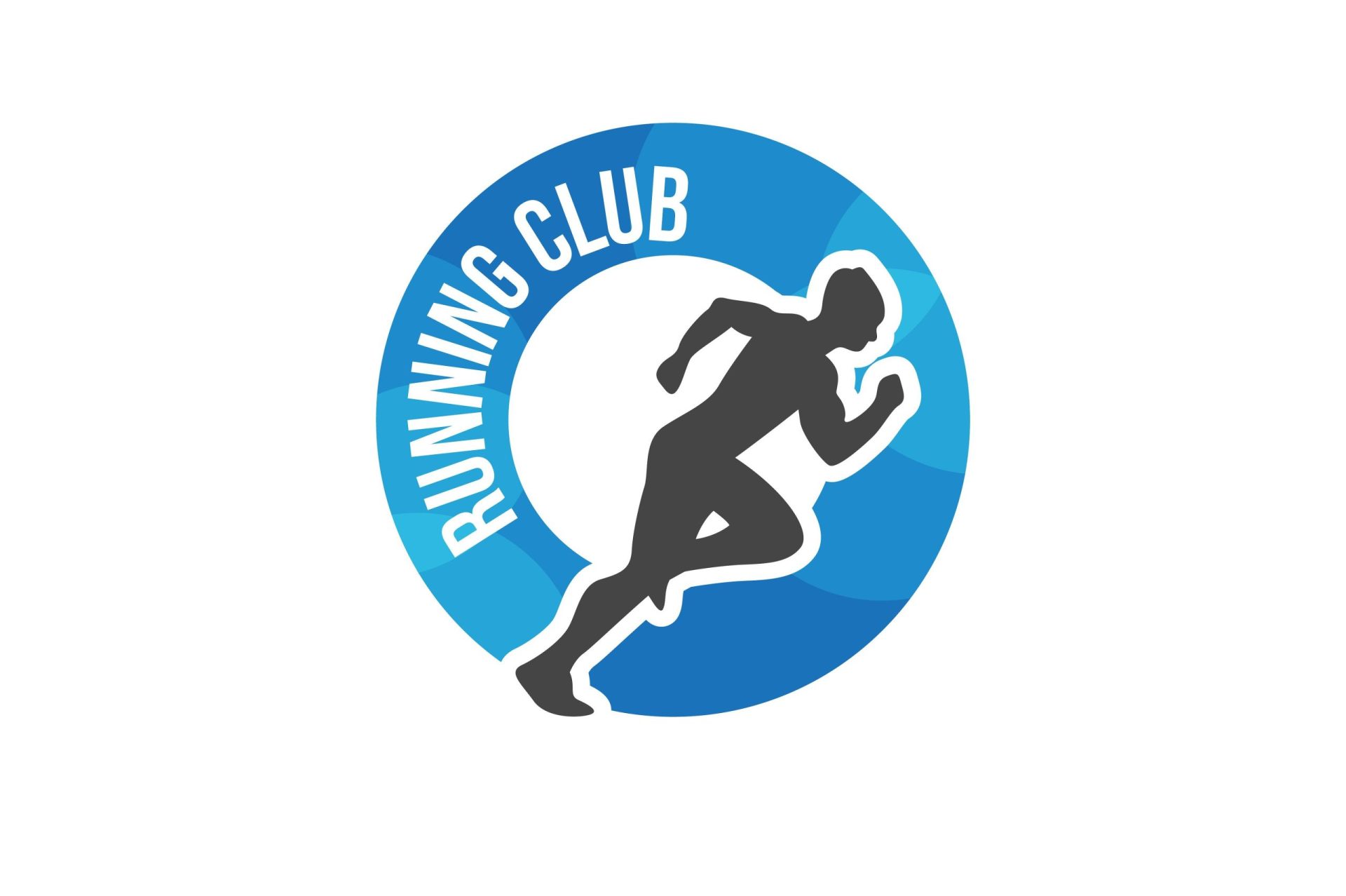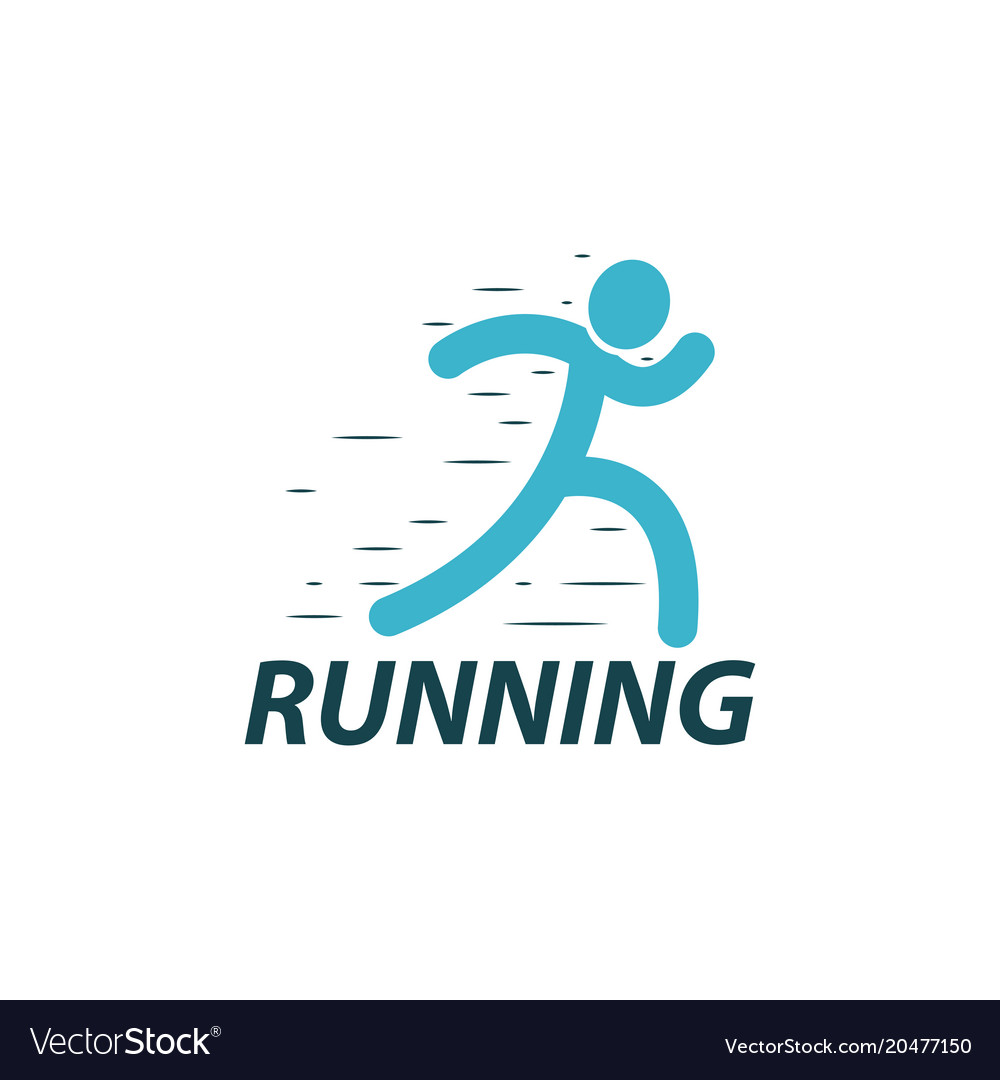Are you in the process of starting a running business or looking to revamp your existing brand? One crucial element of establishing a strong brand identity is creating a visually appealing and memorable logo. A well-designed logo can effectively communicate your brand’s values, personality, and professionalism, helping you stand out in a competitive market. In this article, we will explore various running logo ideas and provide insights into the design process. Whether you’re a running club, a sports apparel company, or an event organizer, these tips will guide you towards creating a logo that truly represents your brand.
Understanding the Importance of a Running Logo

Your logo is often the first visual element that potential customers or participants encounter when interacting with your brand. It serves as the face of your business and plays a significant role in shaping people’s perception of your company. A well-crafted running logo can:
- Convey your brand’s values: A logo can communicate the essence of your running business, whether it’s about speed, endurance, community, or a combination of these factors. It should be designed to resonate with your target audience and reflect what makes your brand unique.
- Build brand recognition: A memorable logo helps customers easily recognize and remember your brand. When people see your logo repeatedly, it reinforces their association with your business, making it more likely they’ll choose your products or services over competitors’.
- Differentiate your brand: The running industry is highly competitive, and it’s important to stand out from the crowd. A well-designed logo can help you establish a unique and distinctive identity, making your brand more memorable and recognizable.
Steps to Create an Effective Running Logo

Designing a logo requires careful planning and consideration. Here are the steps you should follow to create an effective running logo:
1. Define Your Brand Identity
Before delving into the design process, it’s crucial to clearly define your brand identity. Consider the following questions:
- What are your brand’s core values and mission? Understanding what your brand stands for will help shape the visual elements of your logo.
- Who is your target audience? Identify the demographics, interests, and preferences of your target audience to create a logo that resonates with them.
2. Research Competitors and Industry Trends
To ensure your logo stands out among competitors, conduct thorough research on existing running logos and industry trends. Analyze the logos of successful running businesses and note what works and what doesn’t. Identify common design elements, color schemes, and typography choices in the running industry to help you make informed design decisions.
3. Brainstorm and Sketch Ideas
Now that you have a clear understanding of your brand identity and have researched the market, it’s time to brainstorm and sketch out logo ideas. Start by creating a list of keywords and concepts related to running, such as speed, endurance, community, or nature. Use these keywords as a springboard for visual ideas.
Sketching allows you to quickly explore various logo concepts. Don’t worry about artistic perfection at this stage; focus on capturing the essence of your ideas. Experiment with different shapes, symbols, and typography styles that align with your brand identity.
4. Choose the Right Colors
Color plays a crucial role in logo design, as it evokes emotions and communicates messages. Consider the following factors when selecting colors for your running logo:
- Brand personality: Choose colors that align with your brand’s personality and values. For example, vibrant and energetic colors like red or orange can convey speed and excitement, while blue or green may represent nature and tranquility.
- Contrast and legibility: Ensure that the colors you choose provide sufficient contrast and legibility, especially when the logo is scaled down or used on different backgrounds.
- Color psychology: Research the psychological effects of different colors and their impact on human perception. This knowledge can help you select colors that evoke the desired emotional response from your target audience.
5. Typography Matters
Typography is another critical element in logo design. It can convey the tone, style, and personality of your brand. When choosing typography for your running logo:
- Consider readability: Opt for legible fonts that are easily recognizable, even at smaller sizes or when used in different contexts.
- Reflect your brand: Select a font that aligns with your brand’s personality. For example, a bold and dynamic font may convey energy and speed, while a clean and modern font can communicate professionalism.
6. Seek Professional Help if Needed
If you lack design skills or want to ensure a high-quality logo, consider hiring a professional designer. They have the expertise and experience to translate your brand identity into a visually appealing logo. Collaborating with a designer can save you time and effort, and result in a logo that truly represents your brand.
7. Test and Refine
Once you have a logo design, it’s essential to test its effectiveness before finalizing it. Gather feedback from potential customers, colleagues, or focus groups to gain insights into how your logo is perceived. Make necessary adjustments based on constructive feedback to ensure your logo accurately represents your brand and resonates with your target audience.
Running Logo Ideas
Now that you understand the necessary steps in creating a running logo, let’s explore some specific logo ideas that align with different aspects of the running industry:
1. Speed and Energy
If your running business focuses on speed, energy, or competition, consider incorporating elements that convey these qualities. Use dynamic typography and shapes that resemble speed lines or motion to create a sense of movement. Bold, vibrant colors like red or orange can evoke a feeling of excitement and urgency.
2. Endurance and Nature
For a brand that emphasizes endurance, long-distance running, or a connection with nature, consider incorporating natural elements such as mountains, trees, or flowing rivers into your logo. Earthy tones like green, brown, or blue can convey a sense of tranquility, strength, and harmony with nature.
3. Community and Social Connection
If your running business aims to foster a sense of community and social connection, consider incorporating symbols that represent unity and togetherness. Use typography or shapes that create a sense of inclusivity and collaboration. Colors that evoke warmth and friendliness, such as orange or yellow, can enhance the community-focused aspect of your logo.
4. Minimalist and Timeless
For a clean and timeless look, consider a minimalist logo design. Utilize simple shapes, clean lines, and a limited color palette. Minimalist logos often convey professionalism, sophistication, and a focus on the essentials. This style can be particularly effective for running clubs, athletic apparel brands, or event organizers aiming for a modern and versatile logo.
Final Thoughts

Designing a running logo requires thoughtful consideration of your brand identity, target audience, and industry trends. A well-designed logo can effectively communicate your brand’s values, build recognition, and differentiate your business from competitors. By following the steps outlined in this article and exploring various running logo ideas, you’ll be well on your way to creating a logo that represents your running business with impact and style. Remember, a strong logo is a key element in establishing a memorable and successful brand identity.
Barry Edwards is a digital marketing expert with a deep understanding of content strategy, logo, and branding principles. Holding a Bachelor’s degree in Marketing from Beaconhill College, he offers valuable insights on digital marketing trends and strategies through his writing. Follow Barry’s work to stay updated on the latest in online marketing and branding.



